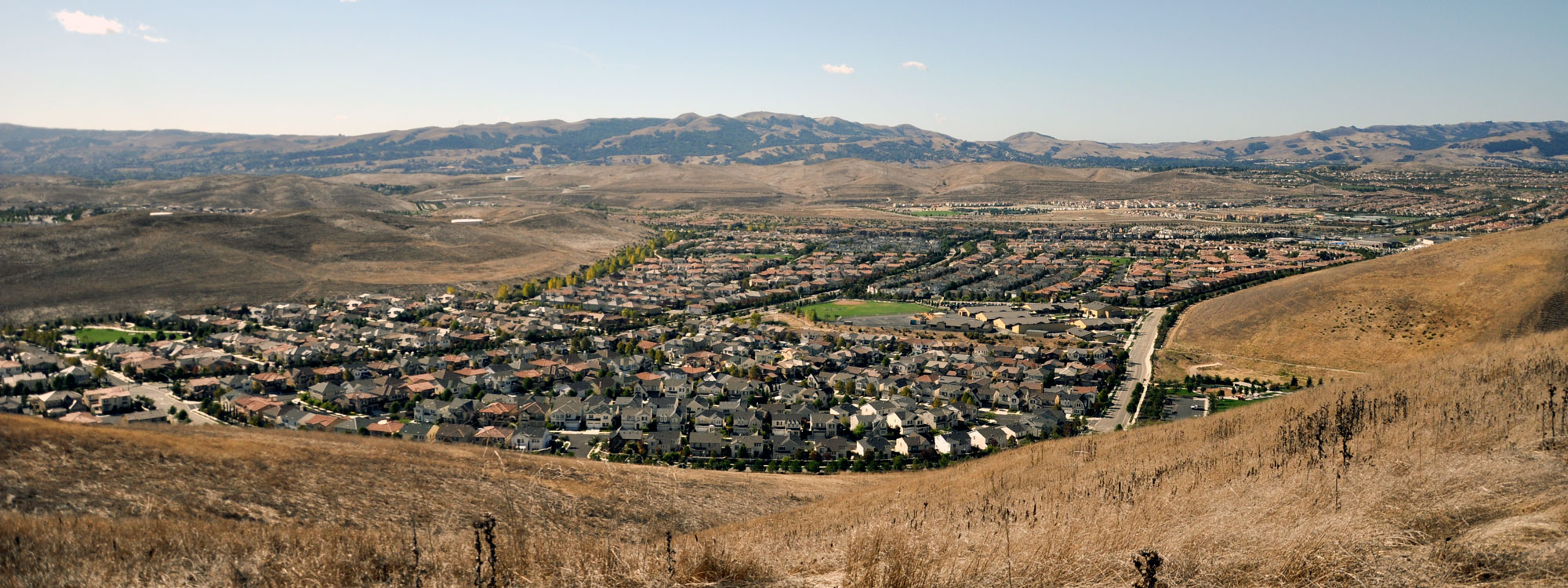After a six-year battle, developers have withdrawn their proposal for rural Tassajara Valley, dubbed “New Farm”—a 187-unit, 771-acre suburban sprawl development. This is a victory for anybody who loves the Bay Area and wants to see its farms, forests, and watersheds protected.
Among numerous violations of local laws and policies, New Farm would have broken voter-approved urban limit lines by allowing major development and urban utilities outside of these boundaries. If the project had gone forward, it would have opened the floodgates to development on protected lands across Contra Costa County and throughout the Bay Area.
Greenbelt Alliance was part of an active coalition—that included residents from Danville and San Ramon, Save Mount Diablo, the Sierra Club, and the California Native Plant Society—who successfully opposed the New Farm proposal. Thank you to everybody that helped along the way!
While New Farm is dead, there is reason to remain deeply concerned about the future of Tassajara Valley.
In late February when the developers officially pulled the plug on New Farm, they submitted a new proposal that they’re calling “Tassajara Parks” for development on a portion of the same site. This new proposal claims to contain development within the urban limit line, using a “30-acre adjustment” to move the limit line from its current location at the eastern edge of Blackhawk onto a portion of the project site. The developers would then build 158 housing units inside the “adjusted” line. Most of the remaining 700 acres is being proposed as open space with much of it donated to the East Bay Regional Park District.
The proposal deserves to be eyed with deep distrust. As the Contra Costa Times Editorial Board points out, the initial project description raises significant concerns about potential legal violations of the urban limit line. It also threatens to do major damage to drinking water supplies, sensitive wildlife habitat, and the area’s agricultural economy.
The Bay Area is an amazing place to live, but it can be even better. We need to continue protecting our open spaces while encouraging development of lively, walkable neighborhoods with easy access to jobs, services, and transit. If this new proposal breaks long-standing open space protection policies, expect to see voters across the county stand up to defend our shared conservation legacy.




